Early Agriculture in Wayne County
- Home
- Agriculture and Sustainability
- Exhibits
- Early Agriculture in Wayne County
by Elisabeth Abell, revised by Shelley Grostefon and Glenna Van Dyke
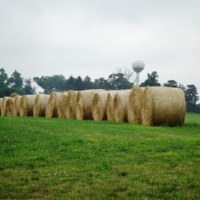
Since Wooster’s founding in 1808, agriculture has been a critical part of the local economy. In fact, the first settlers of Wayne County were farmers who enjoyed the fertile lands of central Ohio. Throughout the years, new settlers arrived, building new homes, growing their own food, and helping to evolve agriculture with new technology and methods. Today, Wayne County still is the top producer of a variety of crops, and small farmers are still a large part of the economy.
Laying Down Roots
For the first few decades of the Nineteenth Century, many Americans had “Ohio Fever” and were eager to access its fertile farmland that was fed by the Ohio River. 1 Even Quakers and Shakers made the journey out to the frontier to gain religious freedom. By 1821, areas such as Zanesville, Cincinnati, and Wooster were part of this new frontier and were laid out by surveyors such as the Larwills.2 Many of Wayne County’s first residents were unlucky Pennsylvanian farmers who on the fertile lowlands, along creeks and streams. 3 Much of this land was provided for them by the U.S. Government once Ohio became a state. 4
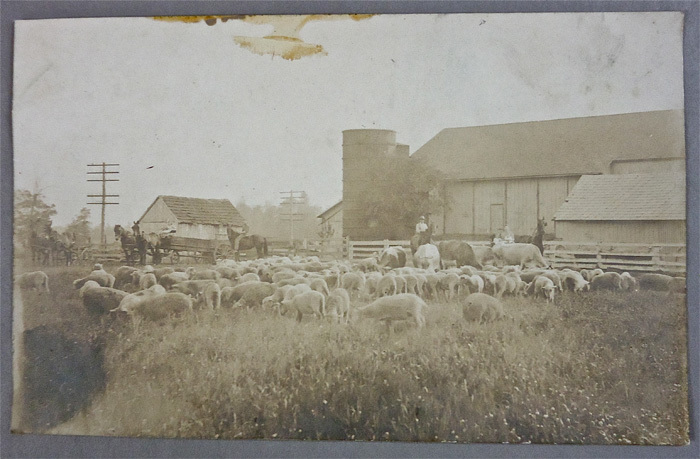
Fredrick William Rice and his sons were some of these early settlers, and their property is now OARDC’s campus (pictured). Rice had the option of buying one of two tracts of land: one on the hill where the College of Wooster now stands, and one on Madison Hill, which is south of town. Upon examination, Rice realized that the stream on the northern property dried up in the summer.5 From then on, farmers settled south of Wooster. Early farmers like Rice had little to spare but were comfortable.6 Running a farm was a huge effort and took lots of manpower, and so farm families were large. Fredrick Rice’s son, Fredrick Jr, had 10 children, while his grandson, Fredrick III, had twelve.7 Pioneer women were also important on the farm as they educated the children and sold goods in the market.
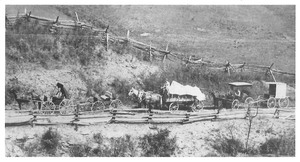
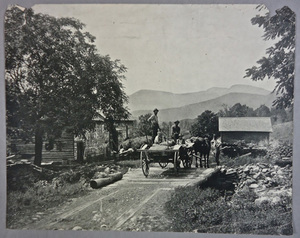
By the latter half of the nineteenth century, Wayne County was a hub for agriculture and was no longer available to poor farmers. In 1880, the average price per acre of land in Wayne County was $80, compared to the state-wide average of $46.8 Poorer farmers had to settle elsewhere, while farming remained competitive in Wayne County.
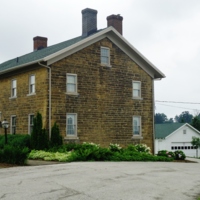
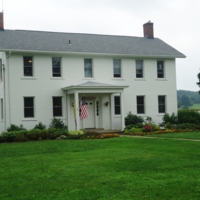
Embracing New Technology
Timeline of Technology in Wayne County
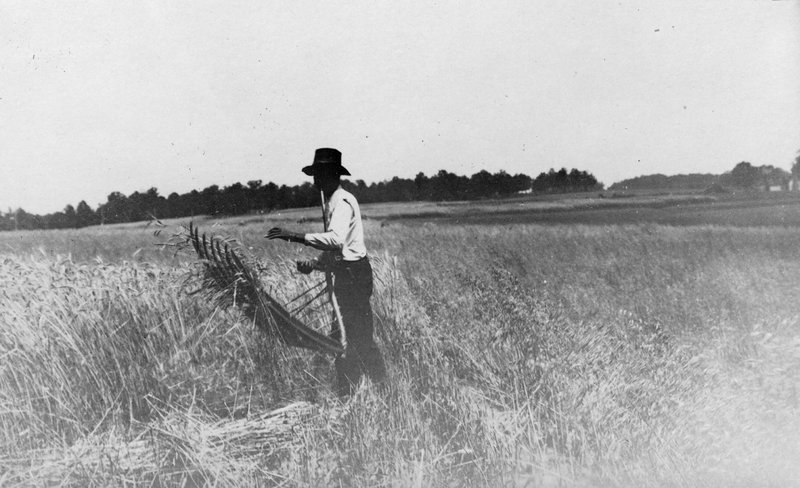
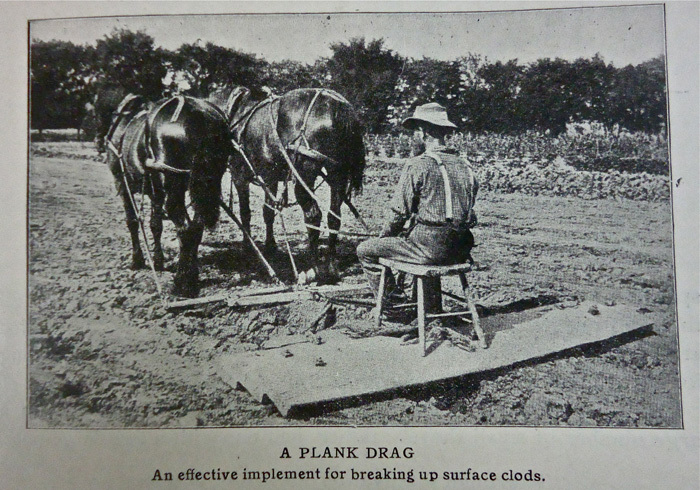
Farming changed greatly in the nineteenth century, and so farmers had to remain adaptable and open to change. At the beginning of the century, farming was mainly manual labor and farmers used simple tools such as sickles or wooden plows. 9 Farmers also relied heavily on seasonal workers and local artisans to survive. 10
Some of the most important inventions in farming technology, such as the cradle (pictured), were simple compared to advanced later machinery. Described as “a scythe with a framework of long wooden fingers to keep the severed stalks from falling to the stubble,” it allowed farmers to double or triple the number of acres they could cut in a day. 11 Similarly, when the threshing machine, which separates the husks and stalks of grain, was introduced in Wayne County in 1827, people realized the positive impact technology could have on farming. 12
After that, more inventions started coming on the scene that would change farming forever. John Deere patented his steel plow in 1837, though many farmers in Wayne County had just bought iron plows and didn’t want to upgrade again to the more expensive steel plow. Plus, there was a cast-iron manufacturer in nearby Canton. 13 Other inventions included the reaper popularized by Cyprus McCormick in 1848, and the Ketchum mower, which appeared in Ohio in 1848. By 1857, labor was so scarce that even small farmers relied on machinery. 14 When the soil became worn from overcultivation, farmers turned to universities for answers. The Ohio Agricultural Research and Development Center moved to Wooster in 1892, and farmers benefited from being so close to a hub of research and information. When technology advanced, farmers in Wayne County evolved with it and continued to thrive.
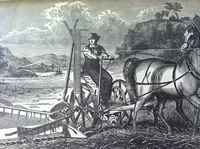
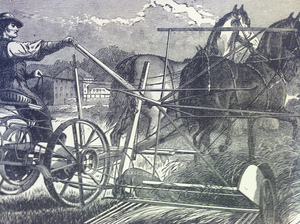
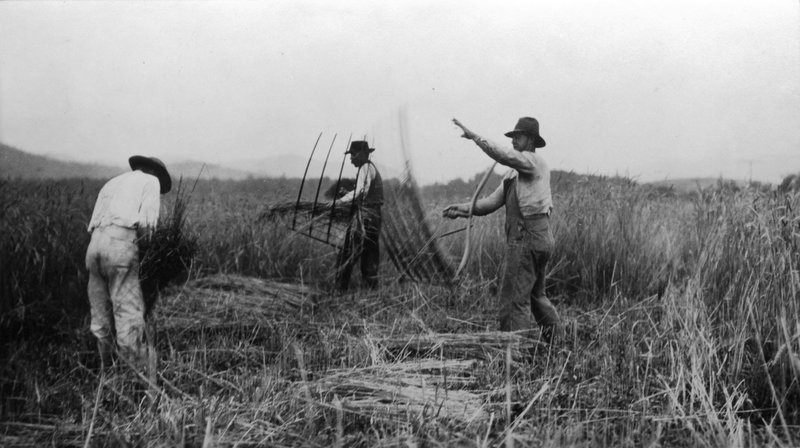
A Land of Plenty
Wayne County is known as a leader in agricultural production. A typical Wooster-area farm family, seven generations of the Rice family has grown potatoes, bred draft horses, run dairy facilities and grist mills.15 Today, the Rice family continues to farm a wide variety of crops in Creston Township.
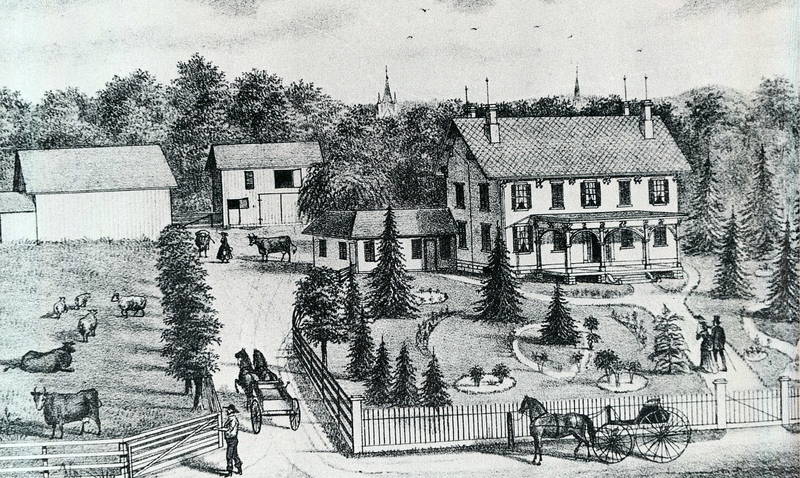
Throughout the nineteenth century, farmers began to lead Ohio in production. In 1839, Wayne County was the second-largest producer of oats with 542,965 bushels and in 1849 and 1859, with 427,319 and 592,693 bushels, respectively. Wayne County was the third-largest producer in Ohio in the swine industry in both 1840 and 1860, with 55,889 and 54,243 pigs, respectively. Wayne County also had the largest population of horses in Ohio for several decades, with 10,738 horses in 1850 and 14,303 horses in 1860.16 Agriculture was one of the main local industries, with 7,676 of Wayne County’s 35,808 residents listing their occupation as ‘agriculture’ in 1841. 17
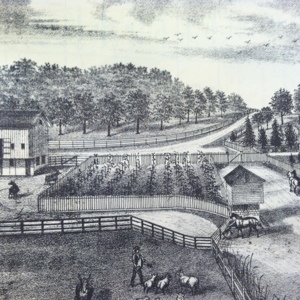
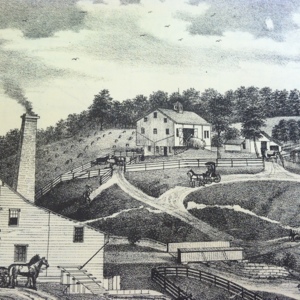
Today, Wayne County is still home to 1,750 farms and 2,600 full time farmers, with a total population of 115,000. Farms are relatively small, but Wayne County still leads in dairy production and cattle, and ranks high for hay, feed corn, fruits, berries and tree nuts. 18 Agriculture in Wayne County continues to evolve, and recently a thriving local food movement, has taken hold.
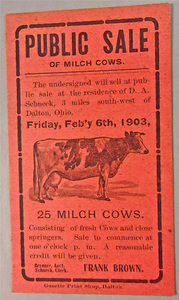
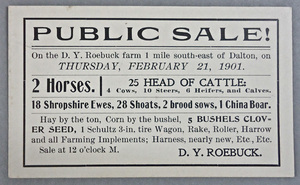
Sources:
1 R. Douglas Hurt, The Ohio Frontier: Crucible of the Old Northwest, 1720-1830 (Bloomington: Indiana University Press, 1996), 211, 232, 284, 291, 299, 302.
2 Ibid, xiii.
3 Ben Douglass, History of Wayne County, Ohio, From the Days of the Pioneers and First Settlers to the Present Time (Indianapolis, IN: Robert Douglass, 1878), 191; Hurt, Frontier, xiii.
4 Gilbert C. Fite, American Farmers: The New Minority (Bloomington: Indiana University Press, 1981), 3.
5 Paul Locher, When Wooster Was a Whippersnapper: Two Hundred (or so) Yarns about Wooster for Two Hundred Years, (Wooster, OH: The Daily Record, 2008), 13.
6 Martin Welker, Farm Life in Central Ohio Sixty Years Ago, (Wooster, OH: Clapper’s Print, 1892), 81.
7 Douglass, History of Wayne County, 892.
8 Hurt, Frontier, 346.
9 Martin Welker, Farm Life in Central Ohio Sixty Years Ago (Wooster, OH: Clapper’s Print, 1892), 19.
10 Ben Douglass, History of Wayne County, 194.
11 Robert Jones, History of Agriculture in Ohio to 1880 (Kent, OH: Kent State University Press, 1983), 263.
12 George Dustmas, “A Century of Agricultural Progress in Wayne County,” Wooster Daily Record, September 6, 1949; Robert Leslie Jones, History of Agriculture in Ohio to 1880 (Kent, Ohio: The Kent State University Press, 1983), 270.
13 Paul Conkin, A Revolution Down on the Farm, the Transformation of American Agriculture (Lexington, KY: The University Press of Kentucky, 2008), 3.
14 Jones, Agriculture in Ohio, 265.
15 Susan Mykrantz, “Six Generations of Rice Farmers,” Firelands Farmer, April 9, 1990, 1.
16 Robert Leslie Jones, History of Agriculture in Ohio to 1880 (Kent, Ohio: The Kent State University Press, 1983), 62, 132, 147, 160.
17 US Department of State, 1841 Compendium of the Enumeration of the Inhabitants and Statistics of the United States, and Obtained at the Department of States, from the Returns of the Sixth Census by Counties and Principal Towns Exhibiting the Population, Wealth, and Resources of the Country, agcensus.usda.gov.
18 US Department of Agriculture, 2007 Census of Agriculture County Profile: Wayne County Ohio, agcensus.usda.gov.
How to cite this page:
MLA: “Early Agriculture in Wayne County.” stories.woosterhistory.org, http://stories.woosterhistory.org/early-agriculture-in-wayne-county/. Accessed [Today’s Date].
Chicago: “Early Agriculture in Wayne County.” stories.woosterhistory.org. http://stories.woosterhistory.org/early-agriculture-in-wayne-county/ (accessed [Today’s Date]).
APA: (Year, Month Date). Early Agriculture in Wayne County. stories.woosterhistory.org. http://stories.woosterhistory.org/early-agriculture-in-wayne-county/

